A Ship sinking is one of the worst disasters that could ever happen because of the great number of passengers it usually carries. Fortunately, ships are pretty safe means of transportation, especially nowadays, when they are equipped with improved protective measures. However, accidents and all kinds of unexpected events occur from time to time, claiming the lives of many of the people on board. The most important maritime disasters in history are hence those which involve enormous numbers of deaths. This is a sad top of 10 of the most important maritime disasters…
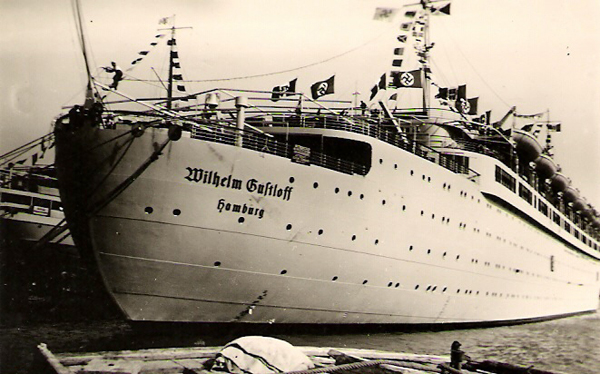
Named after Wilhelm Gustloff, the assassinated German leader of the Swiss Nazi Party, this ship fell no shorter than sharing the same tragic end by sinking after being torpedoed by a soviet submarine on 30 January 1945. What makes it even a greater tragedy is the fact that at the time when it met its doom, it was serving as means of evacuation of civilians and military personnel who had surrendered to the Red Army. An estimated 9,400 people, among which men, women and children lost their lives. Reference of this disaster can also be found in Nobel prize winning author’s Gunter Grass book “Crabwalk”.
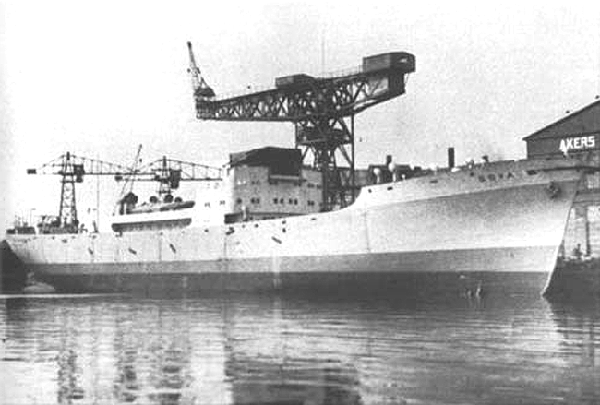
The Goya was a German transport ship which was used in the moment of the tragedy for evacuating wounded troops and civilians. The ship was sunk by a Soviet submarine on April 16, 1945. The Goya was not equipped with the safety means of a civilian ship and so, most of the passengers, a total number 7000-8000 people died. There were only 183 survivors. The wreck of the ship was only discovered 58 years later.
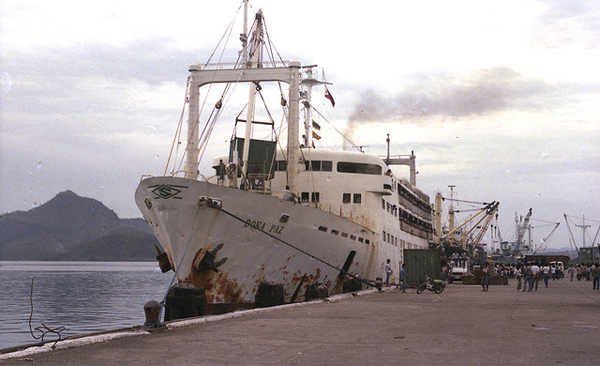
Doña Paz, a passenger ferry met its grim end after colliding with an oil tanker in 1987 while en route to Manila. Upon collision the tanker’s cargo consisting of 8,800 barrels of gasoline ignited thus causing a fire that spread to the ferry. It reportedly took 8 hours for authorities to gain knowledge of this accident and another 8 hours to organize the search and rescue mission. The total death toll accounts up to 4,375 casualties which, if accurate, results in the deadliest ferry disaster in history.
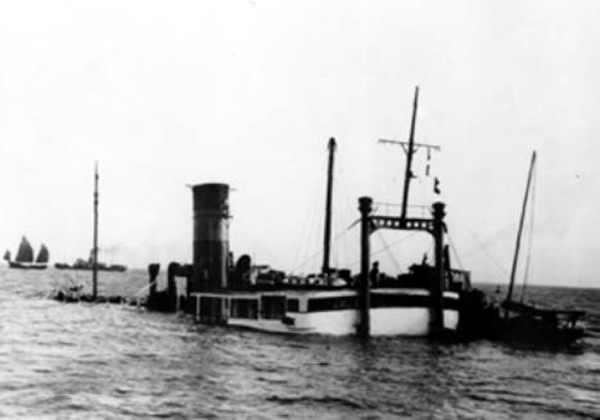
This Chinese steamship was transporting passengers who were escaping from the civil war. The Kiangya blew up after she had apparently hit a mine. The passengers who occupied the lower deck were hopeless, since the ship went down very quick. There were officially 2,150 people on board but it is believed that the real number was much higher. A minimum of 2,750 died and another 700 persons were later found alive by other ships.
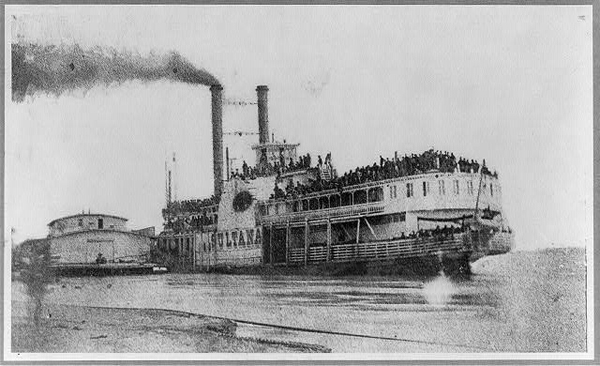
Sultana was a paddle wheeler which operated on Mississippi River. Having a total capacity of only 376 passengers, Sultana was overcrowded when 2400 war prisoners returning to their homes climbed on board in April 27, 1865. Sultana was also faulty, having a leaky steam boiler. The members of the crew tried to solve the problem but their work was poor. There is no wonder therefore that the steamship exploded killing a total number of 1800 men. Many of the survivors were severely injured and 300 of them died because of their wounds.
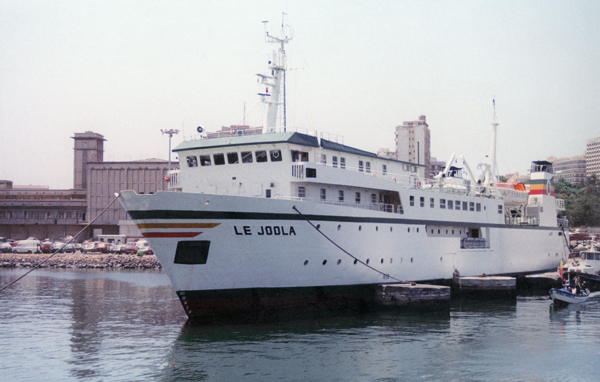
This was a Senegalese ferry that sank off the coast of Gamia in 2002. An estimate number of 1863 people died, but there were much more people on board than the capacity of the ship, and hence, the exact number is unknown. The exact cause of this tragedy remains obscure, though negligence is one of the speculated reasons. This is ranked as the third non-military maritime disaster in the world, in terms of lives lost.
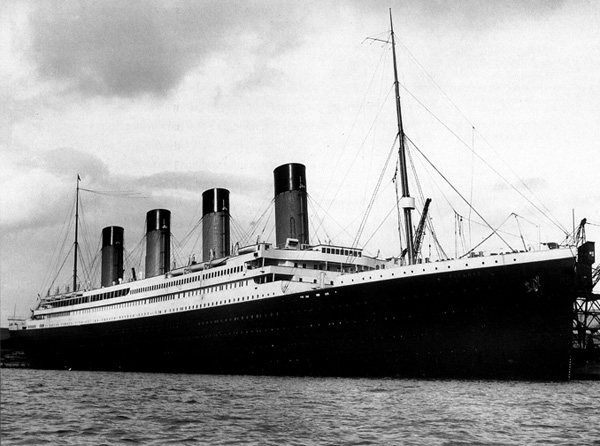
This famous ship started its fatal maiden journey in Southampton, England, with the destination New York. The ship hit an iceberg four days after starting its journey, in 1912. In this maritime disaster, 1,517 people died in the ice cold water. The ship was carrying 2,223 passengers but it only had lifeboats for 1,178 of the passengers. This is the reason why so many people died.

General Slocum was a paddle steamer which served the New Yorkers as an excursion ship. The passengers of the ship that day were heading to a picnic. The tragedy was provoked by a fire that possibly started due to a cigarette. Captain Van Schaick chose to continue the original course instead of immediately taking the ship to the shore. This decision determined the fate of the people trapped on the burning vessel. Women were most unfortunate because they were not good swimmers and they were wearing heavy dresses. Of the 1342 people on board, only 321 were saved.
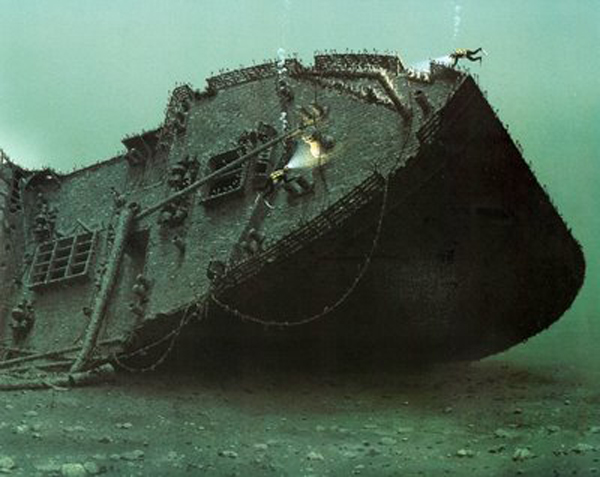
Foggy weather in combination with night time proved to be a deadly match in the case of Empress of Ireland, a ship measuring 570 feet running regular service between Quebec and Liverpool. Careful watch by crew members and the fact that they spotted lights from Storstad, a ship carrying not less than 11.000 tons of coal, apparently was not enough to avoid running directly into it. There were 1.477 people on board of the ship when the collision took place and just 453 managed to survive. The horrors of First World War which started the same year diverted the attention of public opinion from this disaster and thus it slowly faded away.

The SS Easland was a cruise ship based in Chicago. Since the beginning of its career, this vessel proved that it had been mistakenly built, with the center of gravity too highly positioned. Another problem was a law adopted after the Titanic disaster which demanded all ships to be equipped a sufficient number of lifeboats. Unfortunately, this particular low, which was supposed to save lives, was fatal to a total of 848 people, when 2750 enthusiastic people climbed on board in the morning of July 24, 1915. They ended up drown or stroke by heavy pieces of furniture when the ship suddenly rolled over. This tragedy is the biggest in the history of Great Lakes.
1.Wilhelm Gustloff

Named after Wilhelm Gustloff, the assassinated German leader of the Swiss Nazi Party, this ship fell no shorter than sharing the same tragic end by sinking after being torpedoed by a soviet submarine on 30 January 1945. What makes it even a greater tragedy is the fact that at the time when it met its doom, it was serving as means of evacuation of civilians and military personnel who had surrendered to the Red Army. An estimated 9,400 people, among which men, women and children lost their lives. Reference of this disaster can also be found in Nobel prize winning author’s Gunter Grass book “Crabwalk”.
2. Goya

The Goya was a German transport ship which was used in the moment of the tragedy for evacuating wounded troops and civilians. The ship was sunk by a Soviet submarine on April 16, 1945. The Goya was not equipped with the safety means of a civilian ship and so, most of the passengers, a total number 7000-8000 people died. There were only 183 survivors. The wreck of the ship was only discovered 58 years later.
3. Doña Paz

Doña Paz, a passenger ferry met its grim end after colliding with an oil tanker in 1987 while en route to Manila. Upon collision the tanker’s cargo consisting of 8,800 barrels of gasoline ignited thus causing a fire that spread to the ferry. It reportedly took 8 hours for authorities to gain knowledge of this accident and another 8 hours to organize the search and rescue mission. The total death toll accounts up to 4,375 casualties which, if accurate, results in the deadliest ferry disaster in history.
4. The Kiangya

This Chinese steamship was transporting passengers who were escaping from the civil war. The Kiangya blew up after she had apparently hit a mine. The passengers who occupied the lower deck were hopeless, since the ship went down very quick. There were officially 2,150 people on board but it is believed that the real number was much higher. A minimum of 2,750 died and another 700 persons were later found alive by other ships.
5. The Sultana

Sultana was a paddle wheeler which operated on Mississippi River. Having a total capacity of only 376 passengers, Sultana was overcrowded when 2400 war prisoners returning to their homes climbed on board in April 27, 1865. Sultana was also faulty, having a leaky steam boiler. The members of the crew tried to solve the problem but their work was poor. There is no wonder therefore that the steamship exploded killing a total number of 1800 men. Many of the survivors were severely injured and 300 of them died because of their wounds.
6. Le Joola

This was a Senegalese ferry that sank off the coast of Gamia in 2002. An estimate number of 1863 people died, but there were much more people on board than the capacity of the ship, and hence, the exact number is unknown. The exact cause of this tragedy remains obscure, though negligence is one of the speculated reasons. This is ranked as the third non-military maritime disaster in the world, in terms of lives lost.
7. The Titanic

This famous ship started its fatal maiden journey in Southampton, England, with the destination New York. The ship hit an iceberg four days after starting its journey, in 1912. In this maritime disaster, 1,517 people died in the ice cold water. The ship was carrying 2,223 passengers but it only had lifeboats for 1,178 of the passengers. This is the reason why so many people died.
8. General Slocum

General Slocum was a paddle steamer which served the New Yorkers as an excursion ship. The passengers of the ship that day were heading to a picnic. The tragedy was provoked by a fire that possibly started due to a cigarette. Captain Van Schaick chose to continue the original course instead of immediately taking the ship to the shore. This decision determined the fate of the people trapped on the burning vessel. Women were most unfortunate because they were not good swimmers and they were wearing heavy dresses. Of the 1342 people on board, only 321 were saved.
9. Empress of Ireland

Foggy weather in combination with night time proved to be a deadly match in the case of Empress of Ireland, a ship measuring 570 feet running regular service between Quebec and Liverpool. Careful watch by crew members and the fact that they spotted lights from Storstad, a ship carrying not less than 11.000 tons of coal, apparently was not enough to avoid running directly into it. There were 1.477 people on board of the ship when the collision took place and just 453 managed to survive. The horrors of First World War which started the same year diverted the attention of public opinion from this disaster and thus it slowly faded away.
10. Eastland

The SS Easland was a cruise ship based in Chicago. Since the beginning of its career, this vessel proved that it had been mistakenly built, with the center of gravity too highly positioned. Another problem was a law adopted after the Titanic disaster which demanded all ships to be equipped a sufficient number of lifeboats. Unfortunately, this particular low, which was supposed to save lives, was fatal to a total of 848 people, when 2750 enthusiastic people climbed on board in the morning of July 24, 1915. They ended up drown or stroke by heavy pieces of furniture when the ship suddenly rolled over. This tragedy is the biggest in the history of Great Lakes.
No comments:
Post a Comment